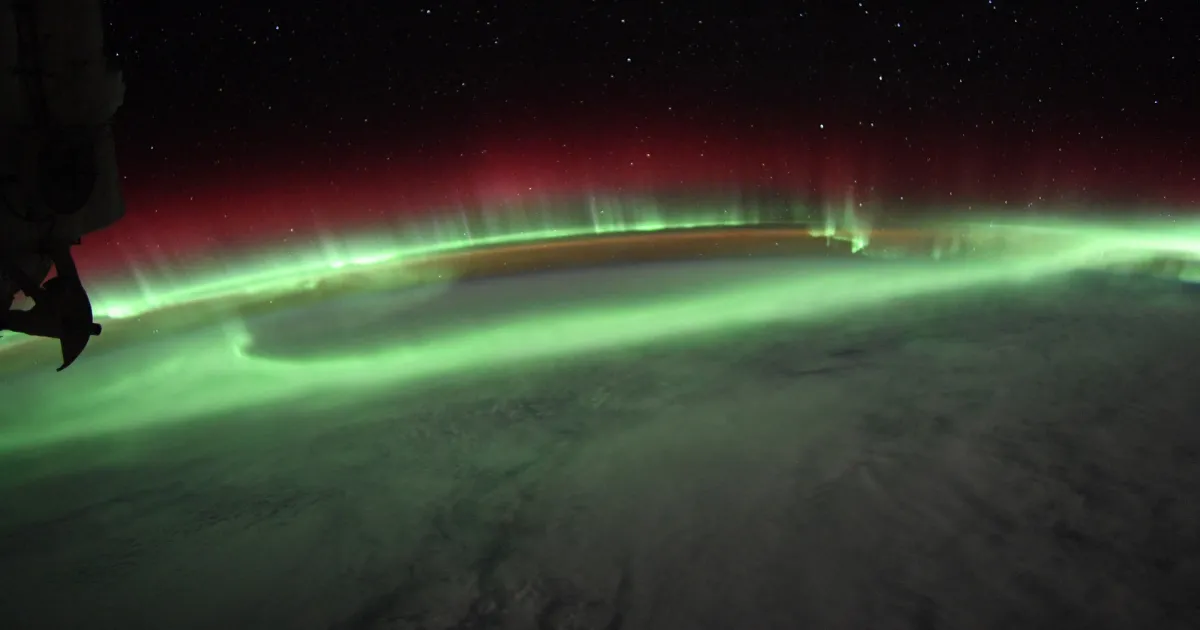
A second consecutive night of breathtaking auroras illuminated skies across various regions on Saturday, following a remarkable display witnessed from the United States to Tasmania and the Bahamas the day before. These dazzling celestial spectacles, commonly known as the “northern lights,” were sparked by a potent solar storm, expected to persist into Sunday, that delivered extraordinary cosmic performances typically reserved for the far northern latitudes.
Eric Lagadec, an astrophysicist at the Observatoire de Cote d’Azur, described the event as historically significant, noting the charged atmosphere filled with solar particles and heightened emotions. Late Saturday, reports of sightings emerged from the United States, although not as intense as the previous night’s display.
The solar storm, initiated by several coronal mass ejections (CMEs) expelling plasma and magnetic fields from the Sun, commenced Friday afternoon. Classified as an “extreme” geomagnetic storm, it marked the most severe event since the “Halloween Storms” of 2003. Despite concerns, major disruptions to power or communication networks were minimal, with only preliminary reports of irregularities in power grids and communication systems.
Elon Musk acknowledged the strain on his Starlink satellite internet operation but affirmed their resilience thus far. Conversely, China issued a “red alert,” anticipating impacts on communications and navigation nationwide.
The phenomenon sparked global fascination, with awe-inspiring images of vibrant night skies surfacing from various corners of the globe. Unlike solar flares, which reach Earth rapidly, CMEs travel at a more leisurely pace, emanating from a colossal sunspot cluster. The current surge in solar activity coincides with the Sun’s 11-year cycle peak.
While geomagnetic storms pose risks to power infrastructure and spacecraft, the atmosphere shields Earth from harmful radiation. Nevertheless, the disturbances can influence biological compasses, affecting species like pigeons.
The Carrington Event of 1859 remains the most potent geomagnetic storm on record, underscoring the enduring fascination and potential impact of such cosmic phenomena.


